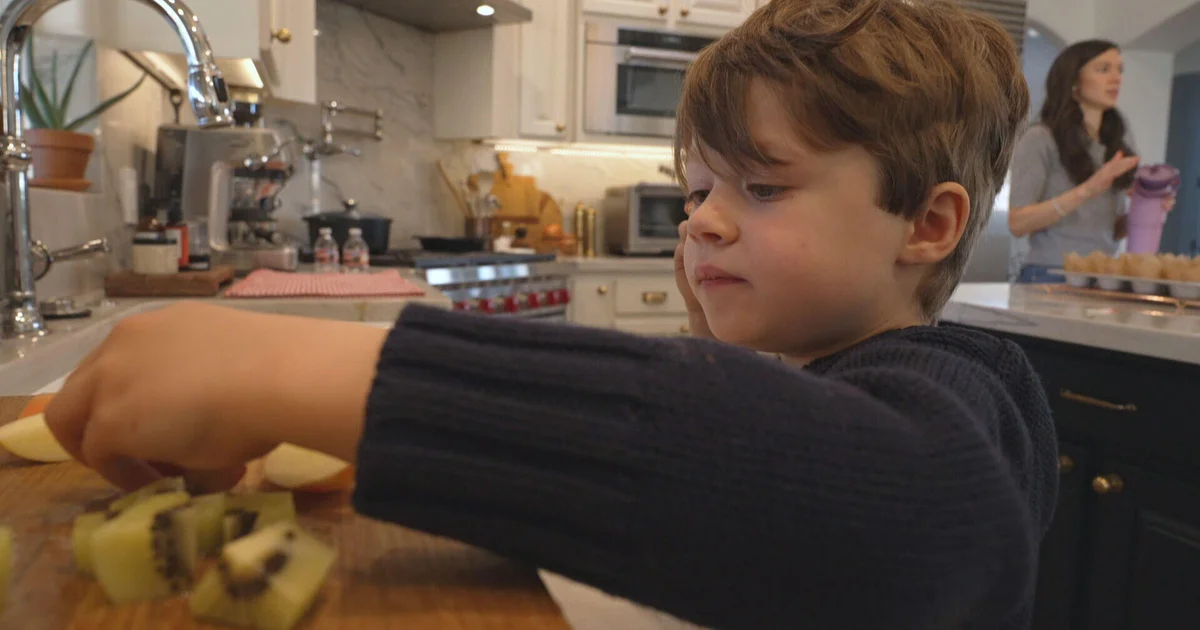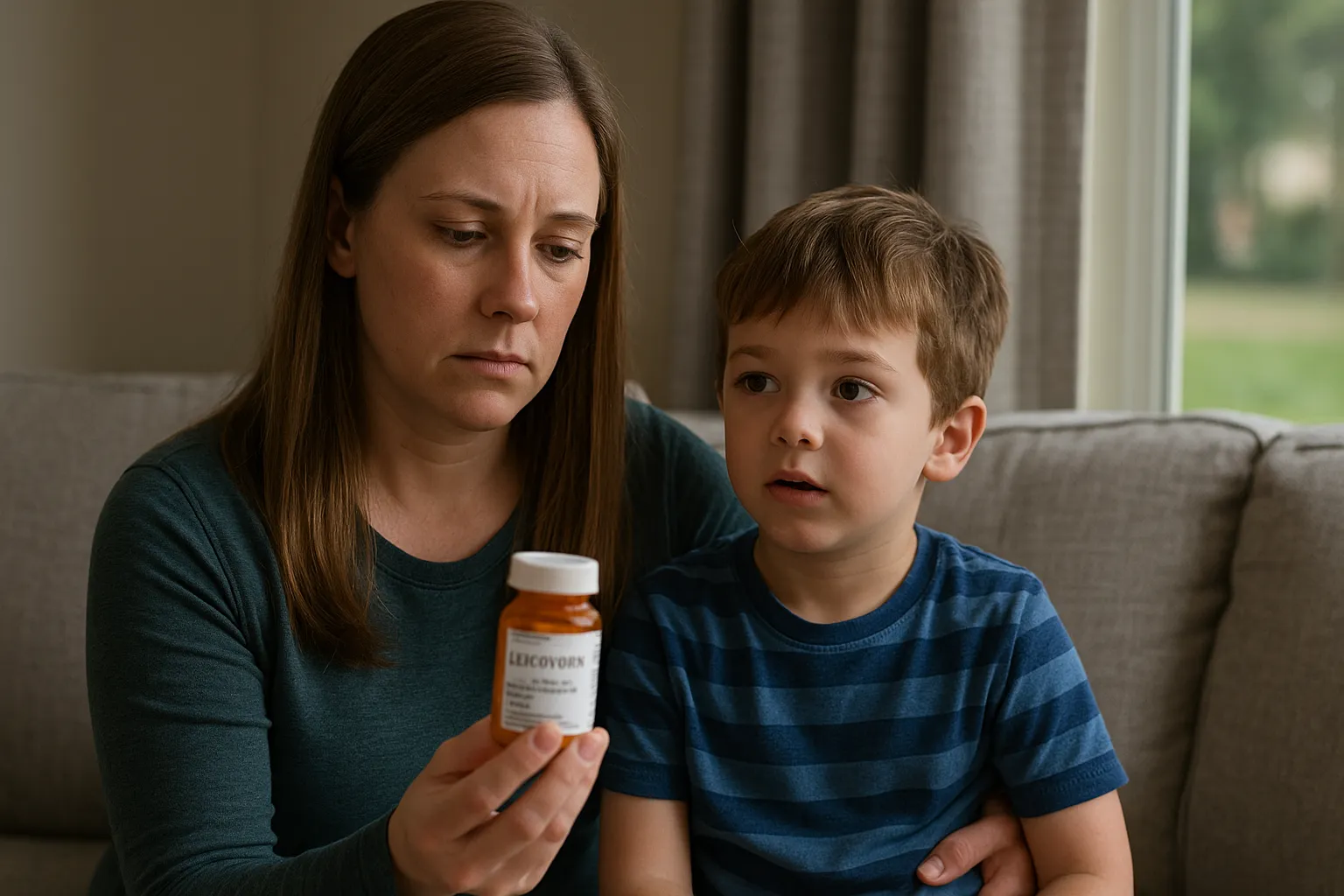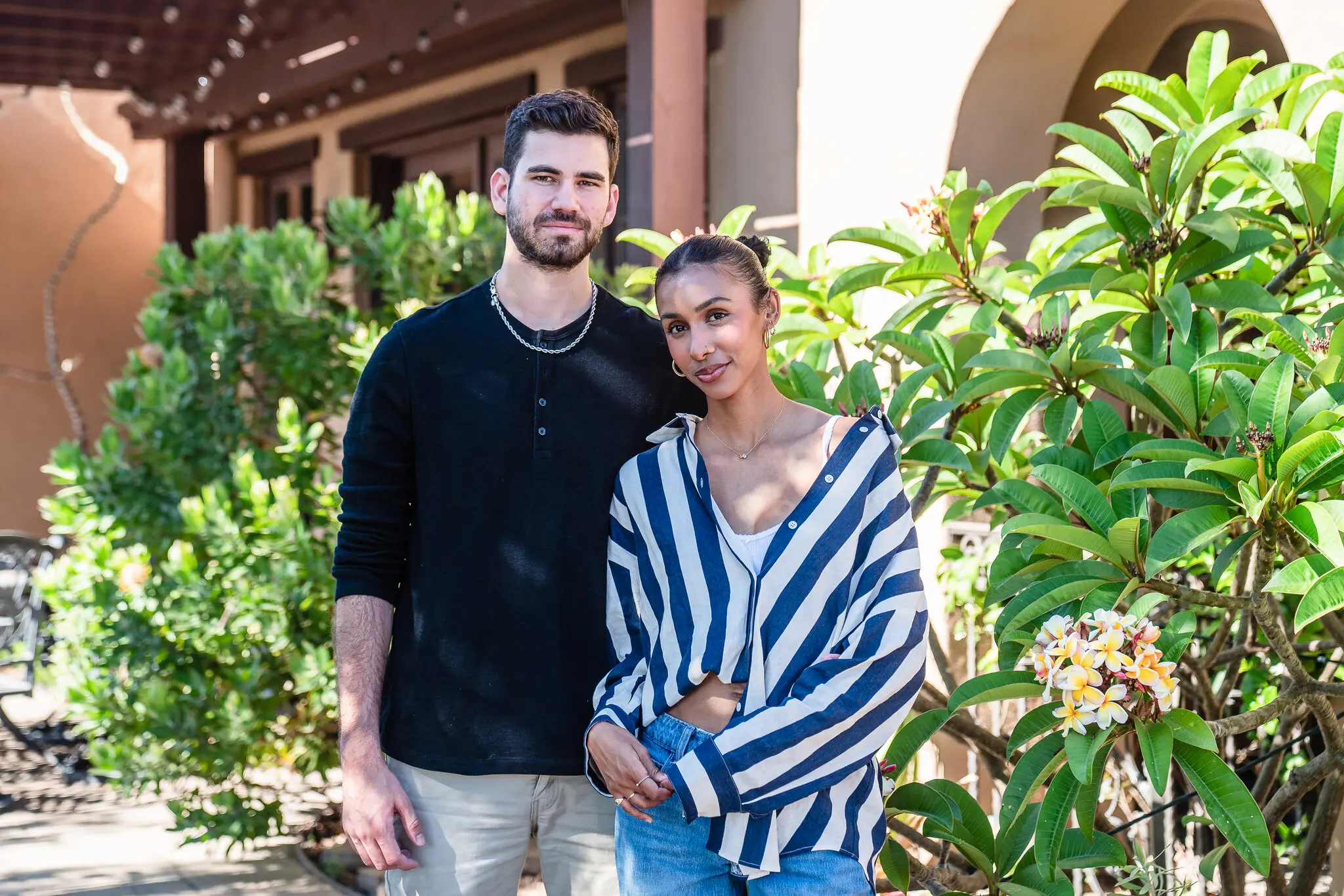Parents Report Autistic Son Spoke After Taking Off-Label Drug
24.09.2025
Off-Label Drug Offers Hope for Autism: One Family’s Story
Early Concerns and Diagnosis
Caroline Connor first noticed something unusual in her son Mason’s development when he turned one. By then, most toddlers were experimenting with words, but Mason remained silent. Their pediatrician wasn’t initially alarmed, but the delay continued. At age two and a half, Mason was diagnosed with autism — a moment that pushed the Connors to search for answers on their own.
A Chance Discovery
Their search led them to Dr. Richard Frye, a pediatric neurologist exploring new ways to help children with autism. Frye has been studying leucovorin, a generic drug derived from folic acid, more commonly prescribed to reduce the side effects of chemotherapy. Though not a cure, Frye believes leucovorin could significantly improve symptoms for many children on the autism spectrum.
“We have promising early evidence that leucovorin can help,” Frye said. Still, he stressed that the FDA typically requires larger phase 3 trials before approving a drug for new uses. For now, research has shown speech improvements in multiple smaller studies, but questions about dosing and timing remain.
The Science Behind Leucovorin
The therapy is based on the idea that some children with autism may have a blockage in folic acid transport to the brain. Leucovorin can bypass that barrier and restore folate levels. Research by Dr. Vincent Ramaekers and Dr. Edward Quadros has shown that many children with autism carry autoantibodies that interfere with the folate receptor, potentially disrupting neurological development.
Studies suggest that more than 70% of children with autism have these antibodies, compared with only a small fraction of neurotypical children. In trials across several countries, leucovorin has been linked to improved speech and behavior in subsets of patients.

Mason’s Breakthrough
For Mason, progress came quickly. Just three days after starting leucovorin at age three, his parents say he spoke his first words. Side effects were mild — a brief period of hyperactivity that faded after a few weeks. Today, at five, Mason is preparing to start kindergarten with his peers. His parents call the treatment a “little bottle of hope.”
Barriers to Wider Use
Despite the encouraging results, leucovorin faces hurdles. As an old, inexpensive drug, it offers little financial incentive for pharmaceutical companies to fund large-scale studies. Supply and quality also vary, with some generic versions less tolerated by children. Currently, the most reliable formulations come from specialized compounding pharmacies.
Frye says funding gaps remain a major obstacle. His team has yet to receive support from major NIH initiatives, despite decades of research. “We’ve done the science, but without more investment we can’t take the next step toward FDA approval,” he said.
A Bigger Problem in Medicine
Off-label prescribing is common in the U.S., accounting for an estimated 20–30% of prescriptions. Many drugs are repurposed for conditions beyond their original approval when doctors believe benefits outweigh risks. But without awareness or funding, potentially life-changing treatments can remain underused.
Dr. David Fajgenbaum, who founded the nonprofit Every Cure after his life was saved by a repurposed drug, says the system is broken. His group uses AI to identify overlooked treatments for rare and common diseases. “It’s devastating to know drugs sit on pharmacy shelves while people suffer,” he said.
Every Cure has helped highlight the work of Frye and others studying leucovorin for autism, but much more research is needed to establish clear guidelines.
Looking Ahead
For now, families like the Connors see leucovorin as a lifeline. Mason’s progress may not represent every child’s outcome, but it illustrates the potential of old medicines to unlock new possibilities.
As Frye put it: “Leucovorin won’t cure autism, but for some children, it could make a world of difference.”






Leave a Comments